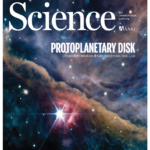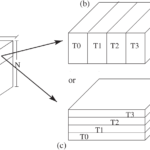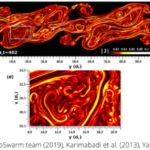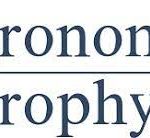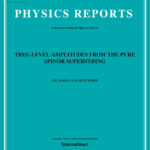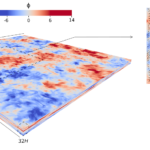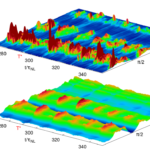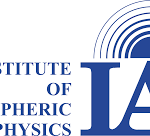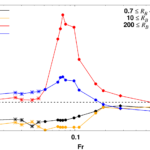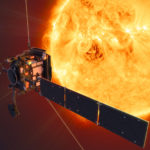The Eventful Project
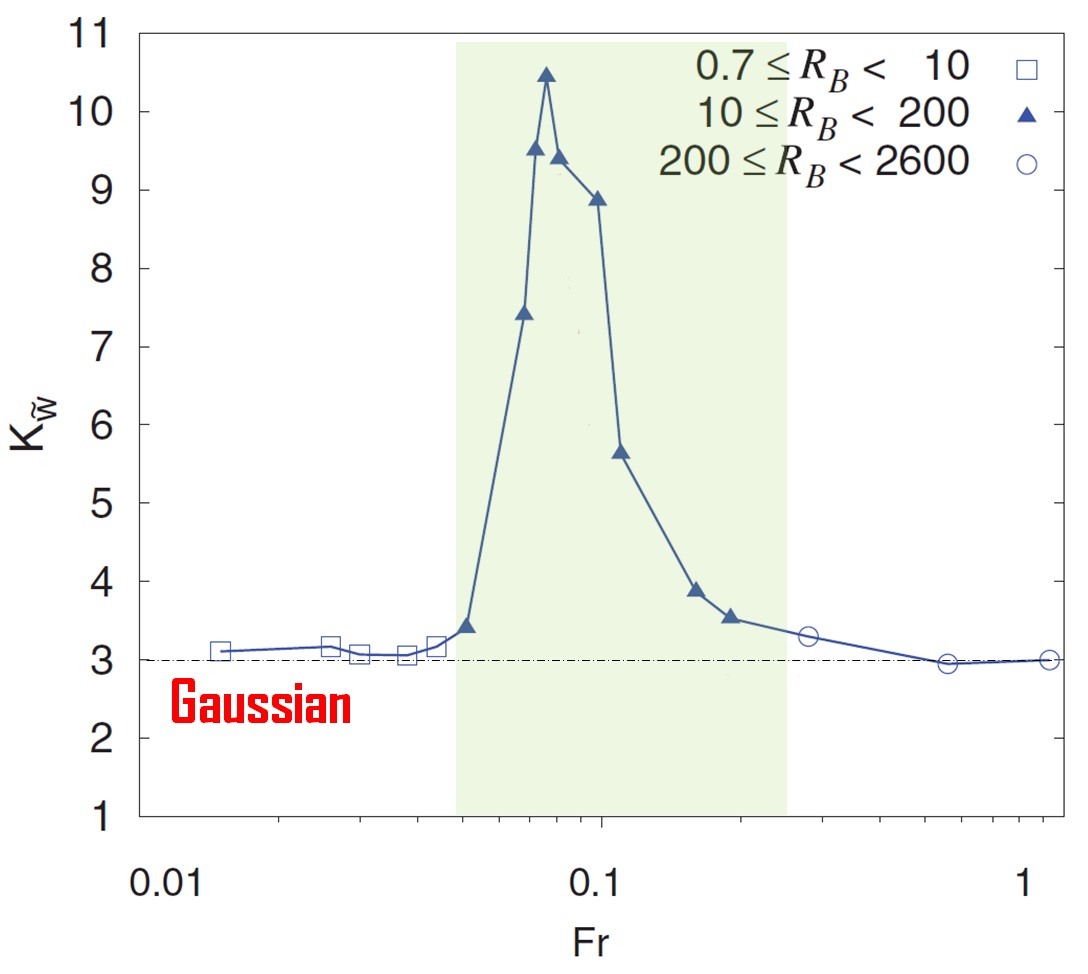
Stratified and rotating fluids are ubiquitous in nature with their complex dynamics affecting weather, ocean circulation, communications, transports, availability of primary resources (such as with fisheries and crops), and also social and economical equilibria. These multi-scale frameworks define the climate system of the Earth’s environment from the ocean depths to the outermost layers of the atmosphere, developing a strong turbulent state interacting with waves (1,2). The urgent need for new technologies for climate monitoring and the prediction of catastrophic weather events, as well as the necessity to improve aviation safety, making telecommunications available throughout the globe, is pushing the scientific community towards a collective effort to progress in understanding the mechanisms that govern the dynamics of rotating and stratified turbulence.
Read more…
It is in this context that we designed a project aiming at the investigation of an important, central phenomenon and its consequences on the dynamics and energetics of rotating stratified flows, the emergence of large-scale extreme events in velocity and temperature and associated instability patches, in a range of values of the governing parameters of geophysical interest (3,4,5). This is related to the creation of powerful vertical drafts intermittent in space and time, with sudden enhancements of the vertical velocity (up to \(15\) standard deviations larger than local ambient velocity) and affecting mixing and transport properties of the flow, as observed in the atmosphere and oceans but only recently reproduced in direct numerical simulations (DNS) (3,6). Rotation and stratification are also at the origin of the onset of a simultaneous dual energy cascade, an evidence proved by other recent DNS studies (7,8); it represents a new paradigm in three-dimensional turbulence, providing a key to further understand the global energy budget in an idealized climate showing how dissipation can be achieved also in (quasi-)geostrophically balanced flows. Finally, it is known since the seminal work of K. Moffatt (9) and R. Hide (10), and as shown numerically as well (14), that rotating stratified flows support the creation of helicity and of localized helical structures, such as those observed in the atmosphere, in dust devils, tornadoes and hurricanes. This whole physical framework results from the joint action of turbulent motions and waves at a fundamental level, yet with macroscopic outcomes. It is therefore relevant from the point of view of fundamental fluid mechanics, but also for a number of applications, such as to improve the predictive power of climate and weather models, develop devices and protocols for aviation safety, design the next generation of stratospheric and sub-orbital carriers, and more.

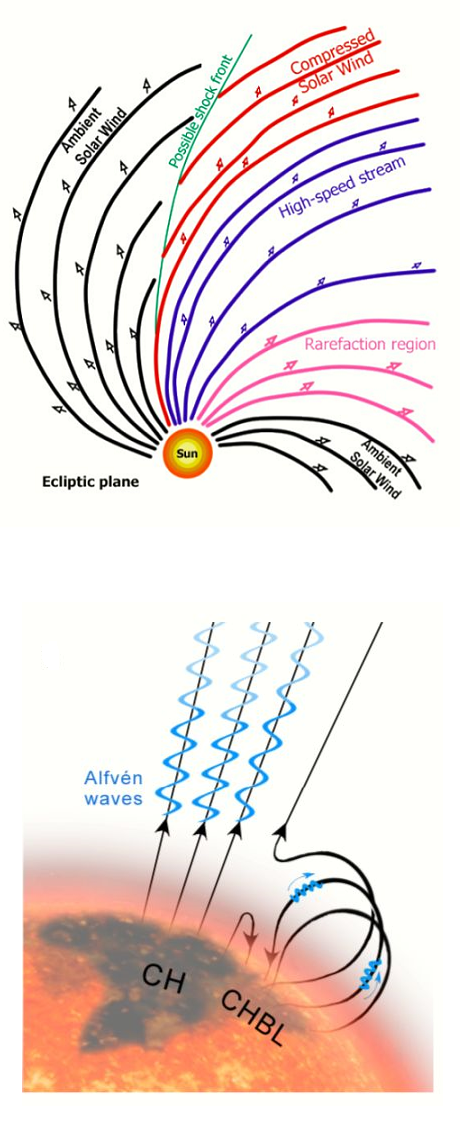
Both experiments and numerical simulations of turbulent fluids show that energy dissipation exhibits intense localized (intermittent) fluctuations, giving rise to a characteristic behavior of quiescence interrupted by local bursts of high amplitude (3,4). In stratified flows as in the Earth’s atmosphere and in the oceans (2,11), as well as in the problem of mixing of a passive scalar in other geophysical and astrophysical flows,non-stationary energetic bursts develop also at scales comparable to that of the mean flow (12). The origin of these large-scale intermittent phenomena in nature is not always clear, though our recent studies, based on numerical simulations and theoretical modeling, provided major insights on the dynamics underlying the sudden amplification of the temperature and of the vertical component of the velocity in stably stratified turbulence (with or without rotation). For the first time it has been observed in DNS the emergence of very large fluctuations of these fields (diagnosed through their kurtosis \(K_x = \langle x^4 \rangle / \langle x^2 \rangle^2\), with \(x = v, \theta\)), without resorting to the use of models for the small scales. This was found for a range of Froude (\(Fr\)) numbers compatible with that of the atmosphere and oceans (\(Fr \simeq 0.05−0.3\)) (3,5), and with a sharp transition leading to non-Gaussian wings characterized by high values of kurtosis \(K_x\) (Fig. 1). This behavior is captured by a simple one-dimensional model, reported in (3), that explain the occurrence of large-scale intermittent vertical drafts, in a positive feedback loop, as the competition between gravity waves on a fast time-scale and nonlinear steepening on a slower time-scale, developing in an intermediate dynamical regime of \(Fr\). The existence of a resonant regime characterized by enhanced large-scale intermittency was also linked to the emergence of sharp structures in the velocity and potential temperature, localized overturning and mixing (Fig. 2). This numerical evidence is a relevant finding as the enhancement of the vertical velocity is found to be a reliable indicator of the rapid intensification phase of hurricanes (13). Moreover, the interplay between gravity waves and turbulent motions, as well as dynamical and convective instabilities, are also responsible for a particularly hazardous type of turbulence, known as clear-air turbulence, that is not detectable through the sensors on board commercial airliners but can produce severe variations of their vertical lift leading sometimes to plane crashes. The capability to design state of the art high-resolution DNS of rotating and stratified turbulence able to capture all these phenomena in a parameter space compatible with the real flows, together with the expertise and means present within the scientific team of the EVENTFUL project to design experiments and field campaigns in the stratosphere and Mesosphere-Lower Thermosphere (MLT), will lead to a comprehensive assessment of the emergence and dynamics of large-scale powerful events in the active flow fields.
The project was kicked-off October 1st, 2020 and it is supported by a research grant of 265,000 euros from the French “Agence Nationale de la Recherche” (ANR-20-CE30-0011), as well as through resources provided by supercomputing centers, international partners, consortiums and scientific associations, granted to perform the analyses proposed within the project, store the data produced, publish and disseminate results in conferences and workshops (all the sponsors being listed below). While research on anisotropic turbulent flows of geophysical interest represents the core of EVENTFUL, investigations on plasmas carried on by the EVENTFUL team corroborate the project providing insights or relevant fundamental processes characterizing energy transfer and intermittent dissipation in frameworks whose dynamics is determined by the interplay of waves and turbulent motions: such as solar and heliospheric plasmas. Indeed, investigations on rotating stratified fluids and plasmas are complementary and allow to address a large variety of phenomena, anisotropic turbulent flows being ubiquitous in nature and the 99% of the visible universe being in the plasma state (see Fig. 3) (15), including the outermost layers of the Earth’s atmosphere. Innovative tools for the analysis of numerical and observational geophysical fluids used in the frame of EVENTFUL, such as novel Machine Learning techniques and state-of-the-art pseudo-spectral and Lattice-Boltzmann numerical frameworks for the simulation of fluids and plasmas, have been implemented by the EVENTFUL team in parallel with the development of techniques for the investigation of space and atmospheric plasmas, all requiring the use of breakthrough technologies and high performance computing (16).
References
[1] F. Bretherton, Waves and turbulence in stratified fluids, Radio Sci. 4, 1279 (1969)
[2] G. Ivey, K. Winters & J. Koseff, Density Stratification, Turbulence, but How Much Mixing?, Ann. Rev. Fl. Mech. 40, 169 (2008)
[3] F. Feraco, R. Marino, A. Pumir, L. Primavera et al., Eur. Phys. Lett. 123, 44002, (2018)
[4] D. Buaria, A. Pumir, R. Marino, A. Pouquet, L.Primavera, et al., Single-particle Lagrangian statistics from direct numerical simulations of rotating stratified turbulence, Phys. Rev. Fl. 5, 064801, (2020)
[5] J. L. Chau, R. Marino, F. Feraco, J. M. Urco, G. Baumgarten, F.-J. Lübken, W. K. Hocking, C. Schult, T. Renkwitz, R. Latteck, Radar observation of extreme vertical drafts in the polar summer mesosphere, Geophysical Research Letters 48, e2021GL094918, (2021)
[6] C. Rorai et al., Turbulence comes in bursts in stably stratified flows Phys. Rev. E 89, 043002, (2014)
[7] A. Pouquet & R. Marino, Geophysical Turbulence and the Duality of the Energy flow across Scales, Phys. Rev. Lett. 111, 234501 (2013)
[8] R. Marino et al., Resolving the Paradox of Oceanic Large-Scale Balance and Smalll-Scale MIxing Phys. Rev. Lett. 114, 114504, (2015)
[9] H.K. Moffatt & A. Tsinober, Helicity in laminar and turbulent flow, Ann. Rev. Fl. Mech. 24, 281 (1992)
[10] R. Hide, A note on helicity, Geophys. Astrophys. Fluid Dyn. 7, (1975)
[11] J. J. Riley & M-P. Lelong, Fluid motions in the presence of strong stable stratification, Ann. Rev. Fl. Mech. 32, 613 (2000)
[12] H. van Haren et al., Where large deep-ocean waves break, Geophys. Res. Lett., 42:-2357, (2015)
[13] G. M. McFarquhar et al., Vertical velocity and microphysical distributions related to the rapid intensification of Hurricane Dennis (2005), J. Atmos. Sci., 69:3515–3534, (2012)
[14] R. Marino, P.D. Mininni, D. Rosenberg & A. Pouquet, Inverse cascades in rotating stratified turbulence: Fast growth of largescales, Europhys. Lett. 102, 44006 (2013)
[15] G. Carnevale, R. Bruno, R. Marino, E. Pietropaolo, J.M. Raines, Sudden Depletion of Alfvénic Turbulence in the Rarefaction Region of Corotating Solar Wind High Speed Streams at 1 AU: Possible Solar Origin?, A&A
[16] R. Foldes, E. Lévêque, R. Marino, E. Pietropaolo, A. De Rosis, D. Telloni, F. Feraco, Efficient kinetic Lattice Boltzmann simulation of three-dimensional Hall-MHD Turbulence, J. Plas. Phys., (2023)




